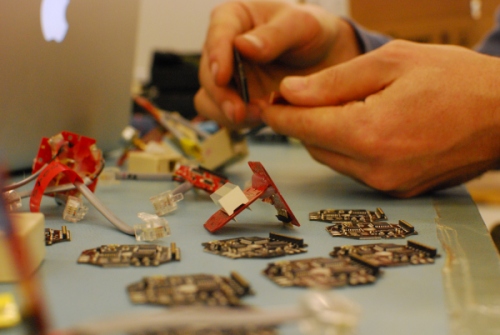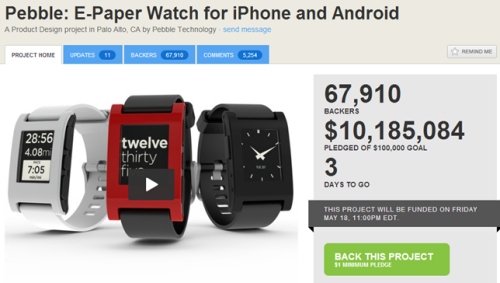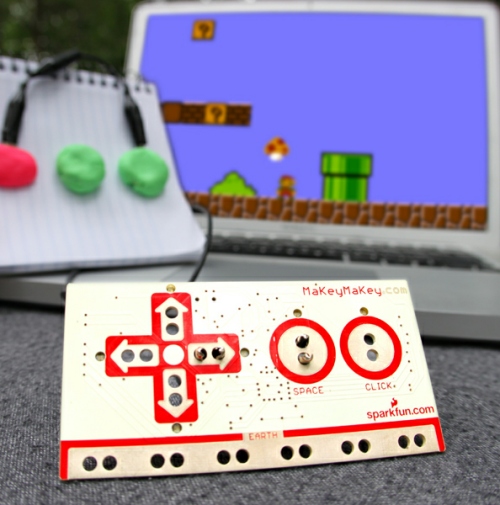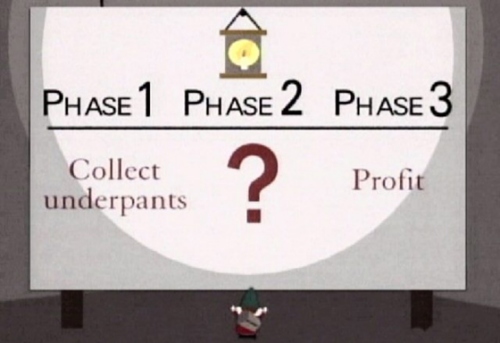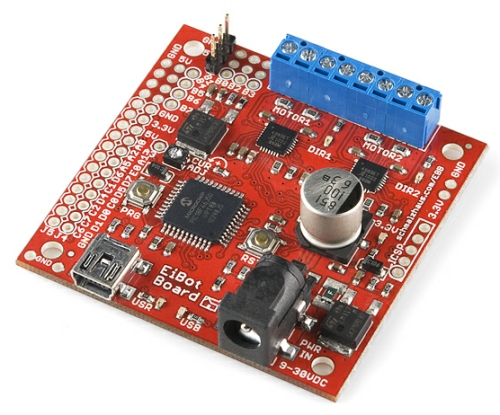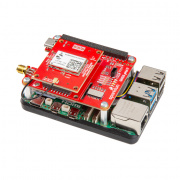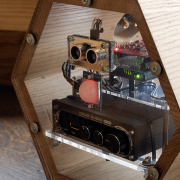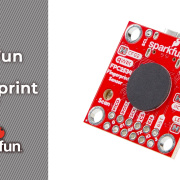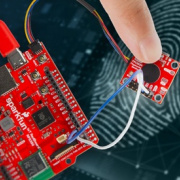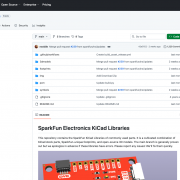Pit of Despair
Where do innovators go once they've got an idea?
The number of businesses selling very cool electronic bits (and every handmade item for that matter) has exploded over the past few years. It's been really exciting to see all the new products hit the market, but what surprised me was the reoccurring challenges those companies face. We've seen these new products fall into three "buckets": the happy bucket, the work bucket, and the pit of despair. I presented the concept of the pit of despair at the Hardware Innovation Workshop. You can see the video over here, and you can get a PDF of the presentation here.
A portion of products and projects fall into the first bucket. I call this the happy bucket. These products sell a few per week and the creator can fulfill the orders that come in over the web while keeping their day job. Maybe it's a messenger bag made from recycled bike tubes, or a laser cut kids' toy. If they can make enough extra money to buy some new tools, they consider it a win. These folks really enjoy making things and the reward that comes with them.
Massive assembly
A very, very small portion fall into the second bucket -- the work bucket. These products have enough wild demand that it makes financial and mental sense to quit the day job and concentrate on building this product. Like I said, very few projects have this clear a delineation.
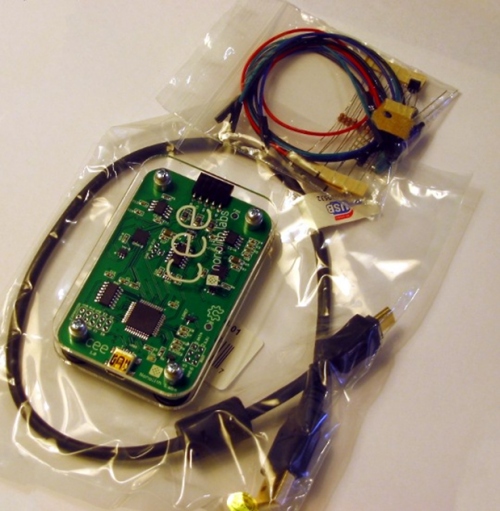
Painful assembly: From Nonolith Labs - “This is what you'll get. It took us about six minutes to test/cal, screw, and kit this. We just have... 150 to go...”
A surprising amount of products fall into the third bucket. I call this bucket the pit of despair. These products get far more attention than the creator(s) expected. The product was well-designed but may have been designed for kitchen production, where they planned to build tens of units. When demand grows beyond thousands, the creators are often forced to make tough decisions: the income may not be enough to release them from their day job, and the amount of time required to build the product begins to gobble up evenings and entire weekends. If you've ever had to count out 150 bags of resistors and LEDs, you know what I'm talking about. It's really painful.
We've even brought some pain on ourselves with MaKey MaKey. We figured 300 units would be a win, 500 would be a slam dunk. We are currently building 13,000 units without too much handwringing, but it's not something we're used to seeing.
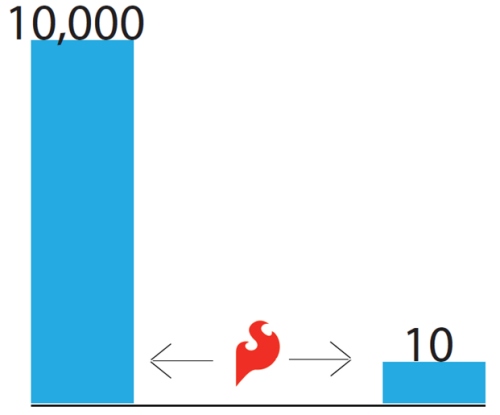
It's at this point, when folks are thrust unceremoniously from tens of units to thousands of units, when they contact us to collaborate. We've seen an explosion recently with the popularity of KickStarter to raise funds and get pre-orders.
We love having the opportunity to work with folks to bring their ideas to life. It's always fun, but collaborations are really challenging. An idea is a great place to start, but there are a tremendous number of details that can cause the project to fold long before it sees e-commerce goodness. Questions like:
- Does it work?
- How big is the market?
- Can it be made for a reasonable amount?
- Can it be priced at a level that makes sense?
- How much support will it need?
- Does it need regulatory testing or approval?
- What changes need to be made for international customers?
EiBotBoard was a phenomenal three-way collaboration between Brian Schmalz and Evil Mad Science Labs.
- Funding : KickStarter is good for donation-based funding, but what we really need is crowd investment. You should be able to invest in a project rather than simply pre-order.
- Marketplace : Anyone who has put together a KickStarter or e-commerce website knows it's a lot of work to put together a winning product. There needs to be a common place, owned by no one, where folks can go to discover new and potential products. SparkFun is not in this business and doesn't want to be. Because of an inherent conflict of interest, I don't believe a marketplace can be serviced by companies that sell things (Adafruit, MakerShed, O'Reilly, etc.) -- we just get in the way! Seeed Studio has made a pretty good try at this, but is lacking key pieces.
- Community Help : It's tremendously hard to pull off the production of a given product. Collaborations help, but don't fill the entire gap. We need a community to share all their "gotcha" and "this is how I did it" moments. A good example is injection molding knowledge -- we've learned a lot of lessons at SparkFun and try to share as much as possible. Imagine if we could get Tod Kurt (checkout his kickstarter!), Kipp Bradford, Mitch Altman, and Liam Casey to tell us what to watch out for? We need a good system (forum, FAQ, knowledge DB, etc.) to congregrate all the group intelligence in a useful way.
- Design for unorthodox-manufacturing (DFUM) : Because of the size of the pit of despair (hundreds to thousands of units), normal manufacturing (hundreds of thousands of units) doesn't directly apply. We've figured out how to manufacture short-run, high-mix products, but the vast majority of products that are proposed were not designed to take this into account. This site or community service needs to help guide creators to alter their designs so that the product can leap from the kitchen table-scale kitting to slightly higher garage manufacturing.
- Crowd-sourced assembly : SparkFun recently had a soldering contest where we invited local hobbyists to show up and throw down. Much to our surprise, the professionals showed up. Even in our neck of the woods (Boulder, Colorado) there is a surprising amount of talent and available production capacity. I am not talking about contract manufacturers (CMs). The products that fall into the 'pit of despair' are too small in volume, so the economics of CMs don't work. Instead, I believe this site or community service could link all sorts of people together. There are folks that have free hours and the ability to kit or reflow SMD boards in their home (yes, you can too); why not leverage all the available hackerspaces, kids with free time, or adults looking for work?
As I said, this is a tough nut to crack, and we're not the ones to crack it (our job is to build shortcuts). So if you've got some free time, could you just whip this up for us? It would significantly ease the problems that small- to medium-sized innovators are running up against. It's going to take the long tail of products to a place where we all get what we want. Who doesn't want that?
